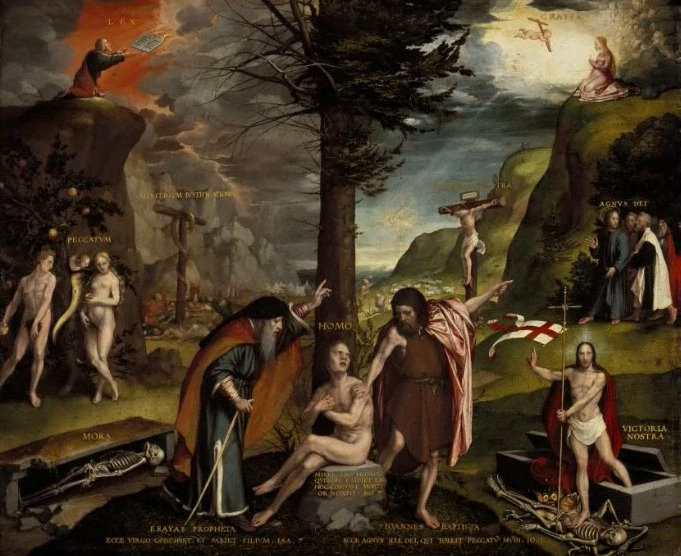I had a traditional training in Drawing & Painting at Duncan of Jordanstone College of Art in Dundee from 1976 – 80, under Alberto Morrocco, David McClure, Jack Knox and James Morrison. On graduating, I won a British Council Scholarship to undertake a postgraduate qualification at the Royal Academy of Fine Art in Holland, and there I first became interested in landscape painting. The sombre palette of The Hague School reminded me of home, and I was particularly drawn to the paintings of Mauve and Maris who influenced the young Mondrian and Van Gogh. The Gemeentemuseum in the Hague has the largest collection of Mondrian paintings in the world, and I was fascinated by the rigour of his journey from Romantic landscape towards a distillation of form in space that culminated in the geometric abstractions known as De Stijl. This led me to Richard Diebenkorn’s paintings where one can see the influence of both Mondrian and Matisse across his varied career. In 1981 I won a year-long research scholarship to the University of California at Los Angeles in order to study Diebenkorn’s paintings and the urban landscape that inspired them.

These were my formative influences, however when I first saw Holbein’s ‘An Allegory of the Old and New Testament’ at the National Gallery of Scotland it stopped me in my tracks. It was unlike any painting that had ever appealed to me in the past. It is primarily a narrative work and aesthetic considerations were of secondary significance. This was a sermon in paint; a moralistic allegory intended to convince worshippers that the old laws led to punishment, decay and death, but the new reformist path led to resurrection through grace. What impressed me was not the message, but the recognition that paintings can be powerfully persuasive and carry meaning and significance that is beyond its aesthetic appeal. From that point on, virtuoso painterliness wrung hollow for me: I sought a style that would allow the image to speak quietly to the viewer.

In 1995 I read Simon Schama’s book ‘Landscape and Memory’ and his method of thinking about history through ‘the archives of the feet’ became immensely important to me. By visiting a place in person and thinking through the events that gives it significance I found that I absorbed its presence profoundly: the sounds, smells, climactic conditions and the temporal unfurling of nature coincide with the gaze. Indeed vision, in an artistic sense, takes account of all of this and the intellectual provocation that initiated it. In 2003 I travelled to Poland to visit the forests of Augustowksa in the North and Bialowieska in the East. At Augustow, at least 2000 Polish ‘anti-communist’ sympathisers were rounded up and murdered by the advancing Soviets and buried in the vast forest. At Bialowieska the Nazi’s built a hunting reserve to offer respite to officers and generals. Their greatest prize was not the wild Bison, but the Jews and the Polish and Soviet partisans that lived in-hiding in the forest.
Philip Braham, 2020This painting took over 6-months to complete. I was determined to render it faithfully in order to preserve the experience of the place and to memorialise the events that that occurred there. It was an important milestone on my artistic journey.



